Good morning everyone and thanks for coming back to TFB’s Silencer Saturday. Last week’s edition brought about some great discussions regarding sound meters, decibel readings, microphone placement and suppressors being “hearing safe”. While I didn’t agree with a few of you and some of you didn’t agree with me, I always appreciate a thoughtful discussion. Unfortunately, no metering tests occurred in the last seven days, so I don’t have any new data to share with you in today’s episode. However, I think I got something even more important: an expert discussion on the power of being quiet. I had the opportunity to sit down with my friends at Q, LLC for the better part of a day and talk about a variety of topics, one of which was decibel metering.
Having industry experts like Kevin Brittingham and Ethan Lessard from Q close by is invaluable – the best scientists and engineers in the world can be useless without real-world experience. Luckily for all of us, Kevin and Ethan have a wide range of expertise in silencer and weapon development as well as extensive empirical knowledge in both the civilian and military firearms industries. We mostly discussed the history and development of .300 Blackout, a round I have been way too late in adopting. After spending a month with the Sig Sauer Rattler and SRD 762 silencer combination, I’ve officially become a 300BLK shooter.
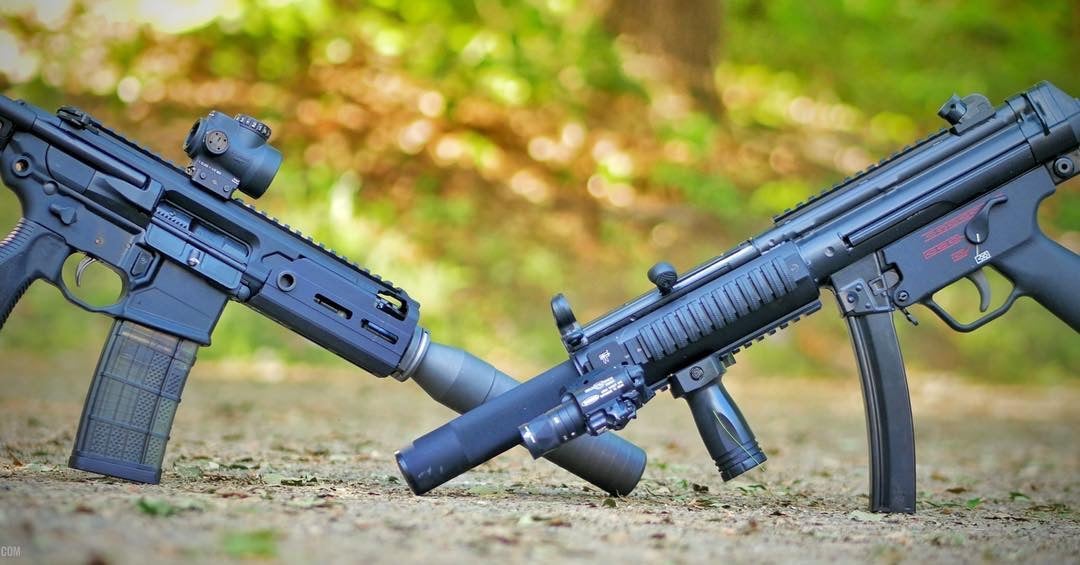
Later this week we will have a full writeup about 300 Blackout from the two guys responsible for its development, SAAMI certification, adoption by Special Operations groups, rise in popularity and widespread commercial availability.
SILENCER SATURDAY #26: The Power Of Quiet
But back to decibel metering: I learned that although there is no real set “standard” for at-the-ear decibel metering, there is a practice in place to obtain acceptable and consistent decibel values. For as long I have a meter available for testing, I’ll be following the MIL-STD 1474D protocol as well as a hybrid at-the-ear protocol:
Drawing a line from the muzzle of the mounted silencer on the host weapon to the shooters ear, the microphone will be placed along that same plane 12” from the ear towards the muzzle.
In addition, as a type of control, one host weapon, one silencer and one type of ammunition will be metered using MIL-STD 1474D as well as the modified at-the-ear testing for seven days at the same time and location. In theory, something like a stock M4 Carbine with a widely accepted 5.56 silencer should be used for a supersonic control. For subsonic rounds, a host like the Honey Badger or Rattler with a silencer that has a generous amount of internal volume should be used as a control.
Here’s what my proposed metering control test looks like:
Record time, temperature and humidity.
Sunday
5.56 MIL-STD 1474D – 10 Rounds
5.56 Modified At-Ear – 10 Rounds
300BLK MIL-STD 1474D – 10 Rounds
300BLK Modified At-Ear – 10 Rounds
Monday
5.56 MIL-STD 1474D – 10 Rounds
5.56 Modified At-Ear – 10 Rounds
300BLK MIL-STD 1474D – 10 Rounds
300BLK Modified At-Ear – 10 Rounds
Tuesday
5.56 MIL-STD 1474D – 10 Rounds
5.56 Modified At-Ear – 10 Rounds
300BLK MIL-STD 1474D – 10 Rounds
300BLK Modified At-Ear – 10 Rounds
Wednesday
5.56 MIL-STD 1474D – 10 Rounds
5.56 Modified At-Ear – 10 Rounds
300BLK MIL-STD 1474D – 10 Rounds
300BLK Modified At-Ear – 10 Rounds
Thursday
5.56 MIL-STD 1474D – 10 Rounds
5.56 Modified At-Ear – 10 Rounds
300BLK MIL-STD 1474D – 10 Rounds
300BLK Modified At-Ear – 10 Rounds
Friday
5.56 MIL-STD 1474D – 10 Rounds
5.56 Modified At-Ear – 10 Rounds
300BLK MIL-STD 1474D – 10 Rounds
300BLK Modified At-Ear – 10 Rounds
Saturday
5.56 MIL-STD 1474D – 10 Rounds
5.56 Modified At-Ear – 10 Rounds
300BLK MIL-STD 1474D – 10 Rounds
300BLK Modified At-Ear – 10 Rounds
I look forward to your comments and I’ll see you back here next week with some new data. Have fun, be safe.
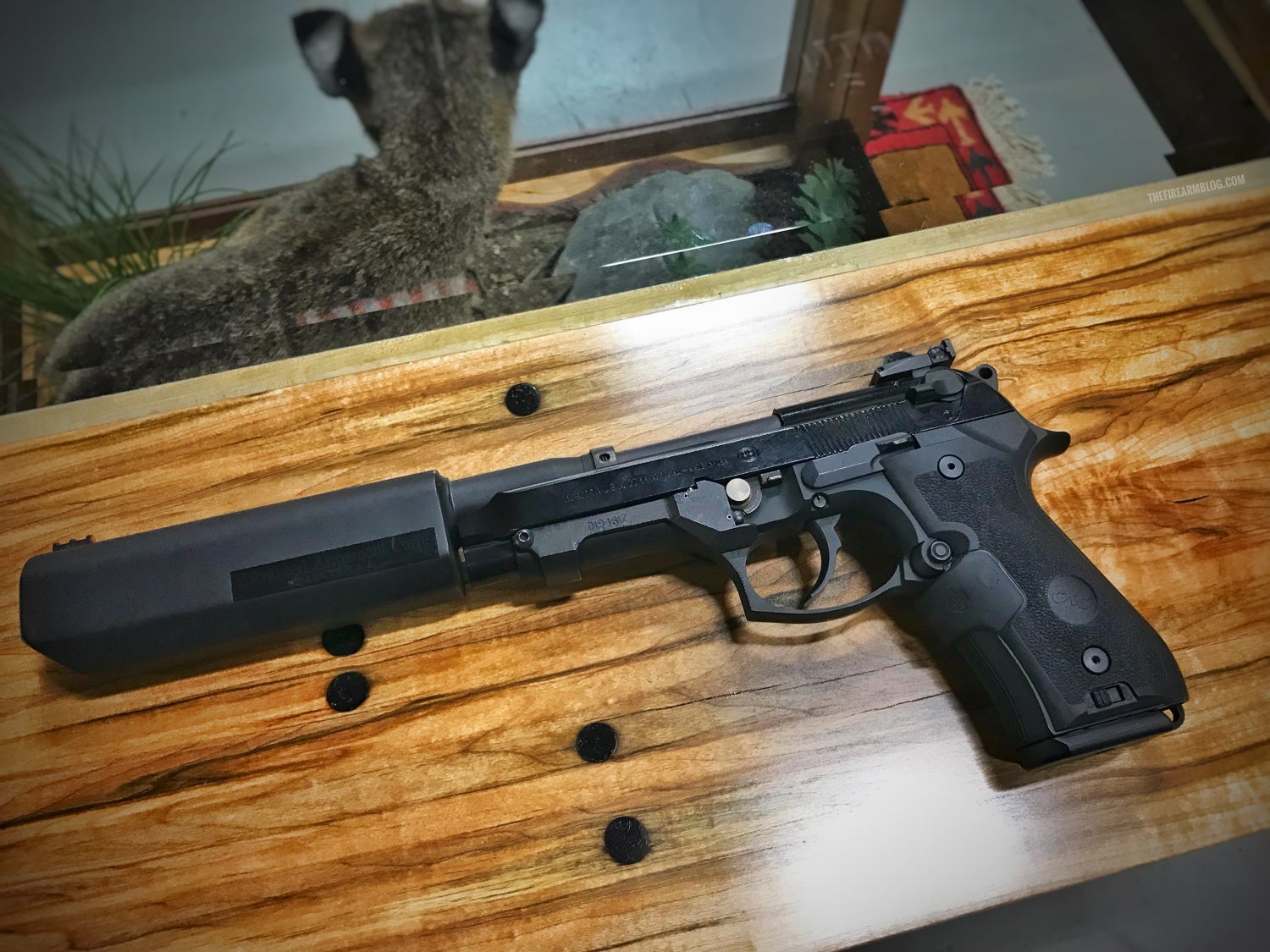
A photo from my visit to Q a few months ago.
Slide Locked Beretta M9 – MOD Armory
https://www.modarmory.com/product/slide-locked-beretta-m9/

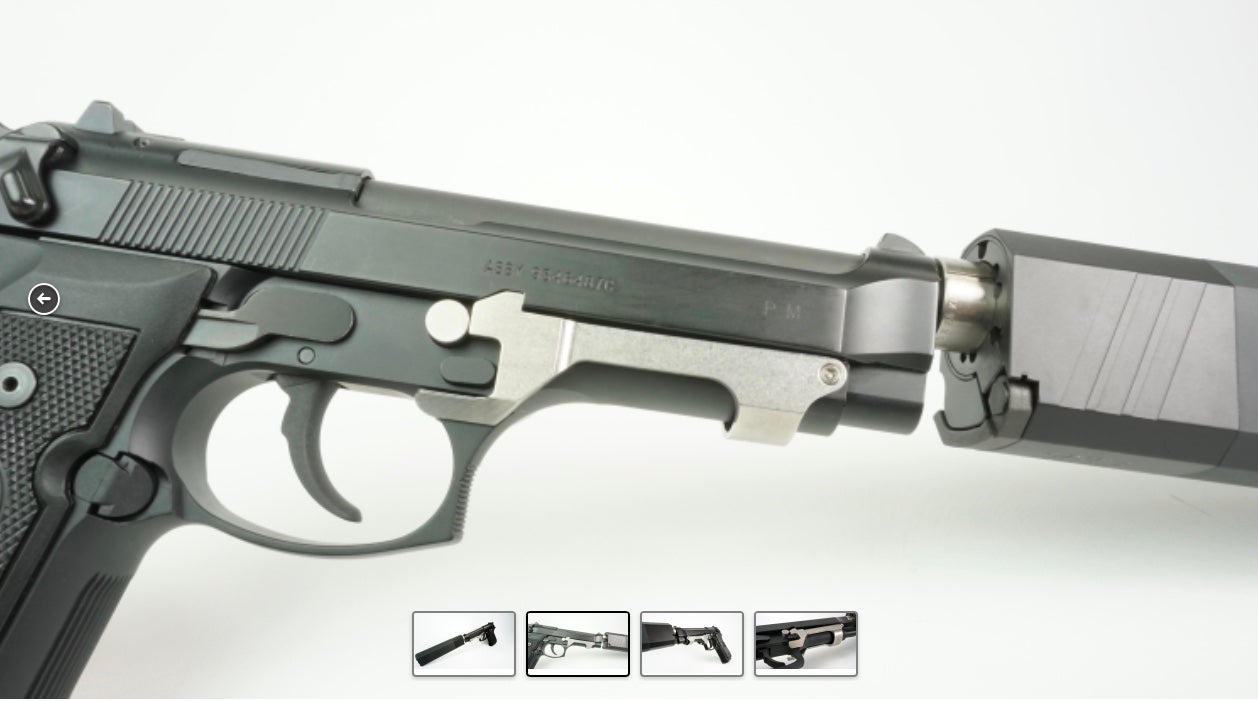
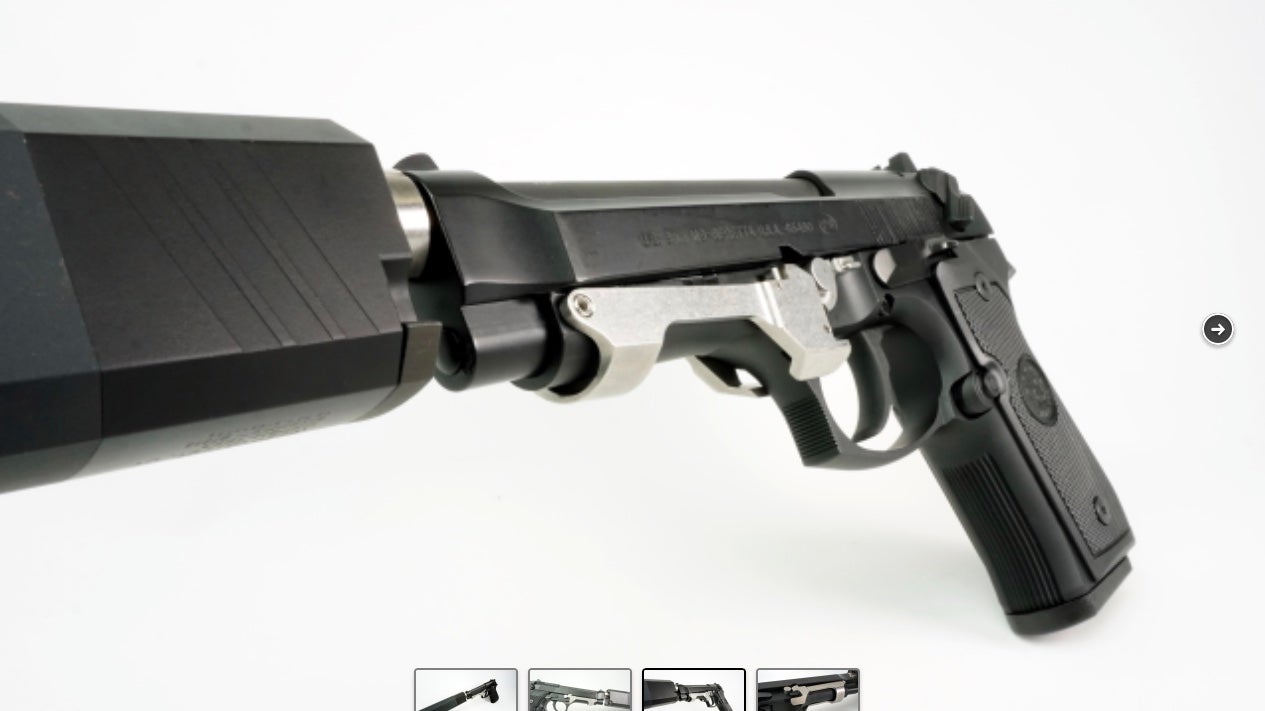
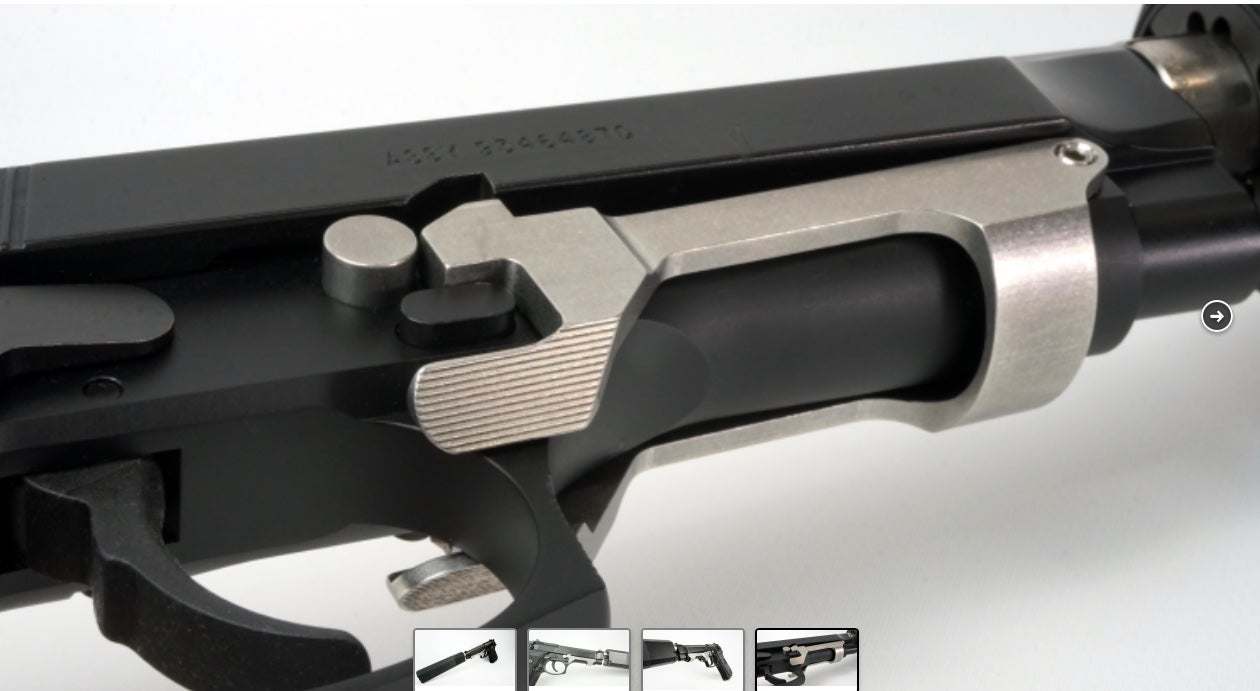
The slide lock will effectively lock the slide for a single shot, allowing you to eject your spent case manually. Shooting suppressed with the slide locked eliminates the sound associated with the slide movement, and brass ejection.
New Beretta of your choice comes with slide lock installed, and factory Beretta threaded barrel.
Available In:
- 92FS (Italian) $2,200
- 92FS Stainless (Italian) $2,400
- M9 (USA) $2,300
- To purchase call or email info@mod-machine.com, or (719) 900-7775
TFBTV!
Check out James’ TFBTV review of the Rattler and Sig SRD 7.62 Silencer from Silencer Shop.
 Your Privacy Choices
Your Privacy Choices
